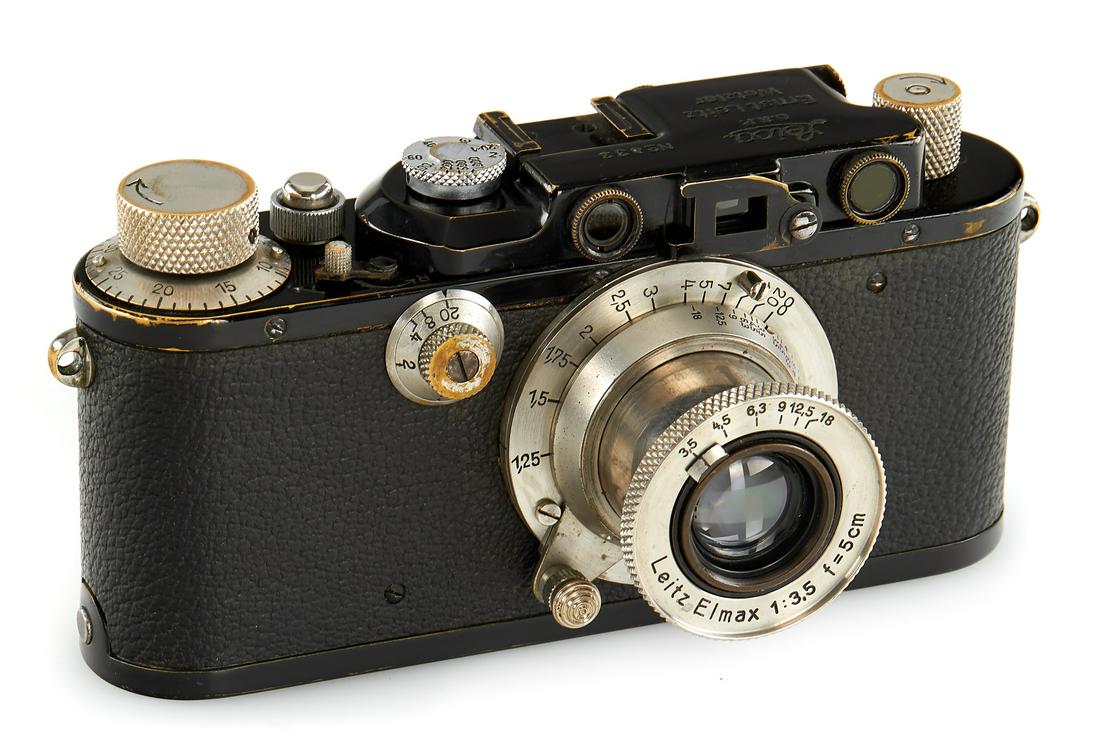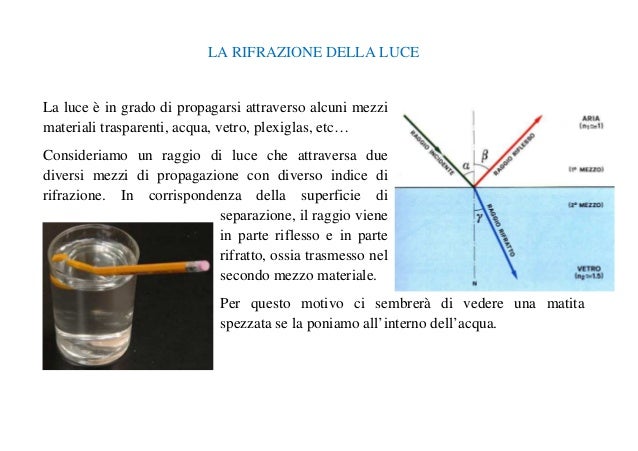

Non-harmonic series, and the Bessel function. Calculating and interpreting the coefficients. The gradual influence of Cauchy's doctrine. Reactions at the ECOLE POLYTECHNIQUE: Cauchy's later books. The RÉSUMÉ: a new version of the calculus. The COURS D'ANALYSE: continuous functions and infinite series. The COURS D'ANALYSE: `algebraic analysis' and the theory of limits. Cauchy, Cours d'analyse (1821) and Résumé of the calculus (1823). Laplace's THÉORIE and mathematical statistics. The Mont Blanc of mathematical analysis, and its foothills. Laplace, Théorie analytique des probabilités, first edition (1812) Essai philosophique sur les probabilités, first edition (1814). Sections 3 and 4 of Book II: the method of least squares perturbations. Gauss's early work on orbit-determination. Inception of Gauss's work in orbit determination. What is the Disquisitiones arithmeticae about?. Carl Friedrich Gauss, Disquisitiones arithmeticae (1801). Calculus of variations: sufficiency results. Algebraic analysis and the function concept. Mécanique céleste, the miscellaneous volume 5. Mécanique céleste, the miscellaneous Book 10. Mécanique céleste, the numerical Books 6-9. Mécanique céleste, the planetary volume 2. Mécanique céleste, the celestial volume 1.

Laplace, Exposition du système du monde, first edition (1796) Traité de mécanique céleste (1799-1823/1827). Gaspard Monge, Géométrie descriptive, first edition (1795). General assessment and reception of the work. Fundamental differences between the Méchanique analitique and the Mécanique analytique and later reviews. Lagrange's fundamental developments up to the first edition of the Méchanique analitique. Lagrange's conception of `analytic mechanics' as a science. Outline of Lagrange's scientific biography. Joseph Louis Lagrange, Méchanique analitiqueMéchanique Analitique, Lagrange's|(, first edition (1788).

Thomas Bayes, An essay towards solving a problem in the doctrine of chances (1764). Applications of the differential calculus. The differential calculus and its foundations. The second part of Euler's trilogy on mathematical analysis. Leonhard Euler, `Introduction' to analysis (1748). Later developments: Lagrange, Euler and the calculus of variations. The place of the TREATISE in the work of the author. 11 Jean Le Rond D'Alembert, Traité de dynamique (1743, 1758). The method of infinitesimals, and Newton's prime and ultimate ratios. Limits of series, and the Euler-MacLaurin theorem. The TREATISE ON FLUXIONS (1742): foundations. Some general remarks on the style of the Hydrodynamica. Propulsion of ships by jet ejection, and the dynamics of systems with variable mass. The Bernoulli equation in the Hydrodynamica. The approximation of the binomial by the normal distribution. A `new sort of algebra' in the Doctrine of chances. The introduction of the Doctrine of chances, and the mathematical requirements for the reader as announced in the preface. The transition to a calculus of probabilities in the fourth Part.

Combinatorics as the main tool of the art of conjecturing. Huygens's De rationciniis in ludo aleae with Bernoulli's annotations. The PRINCIPIA (1687): the general inverse problem of central forces. The PRINCIPIA (1687): algebraic non-integrability of ovals. The PRINCIPIA (1687): definitions and laws. Early studies on the motion of bodies and on planetary motion. Isaac Newton, philosophiae naturalis principia mathematica, first edition (1687). The early reception of the differential calculus. Leibniz's research on the infinitesimal mathematics. Gottfried Wilhelm Leibniz, first three papers on the calculus (1684, 1686, 1693). The five parts of HOROLOGIUM OSCILLATORIUM. Christiaan Huygens, book on the pendulum clock (1673). Reactions to the ARITHMETICA INFINITORUM. Methods and results in the ARITHMETICA INFINITORUM. Background to the ARITHMETICA INFINITORUM. The problem of Pappus and an algebraic criterion. Compasses, ruler-and-slide, criterion for `continuous motions'. René Descartes, GÉOMÉTRIE, Latin edition (1649), French edition (1637).


 0 kommentar(er)
0 kommentar(er)
